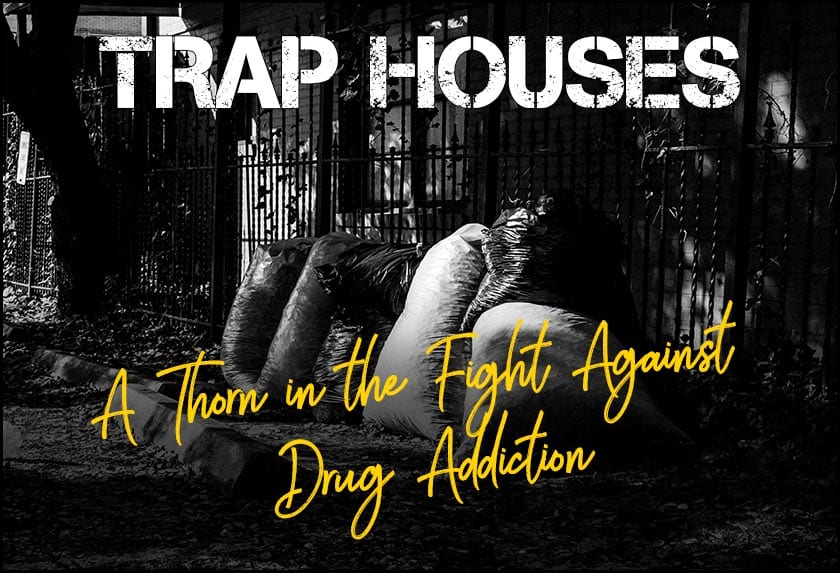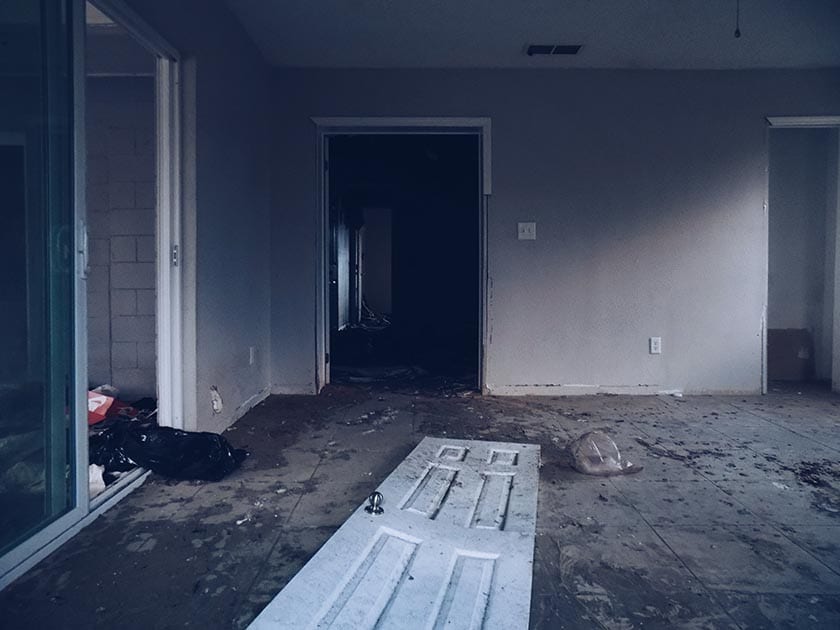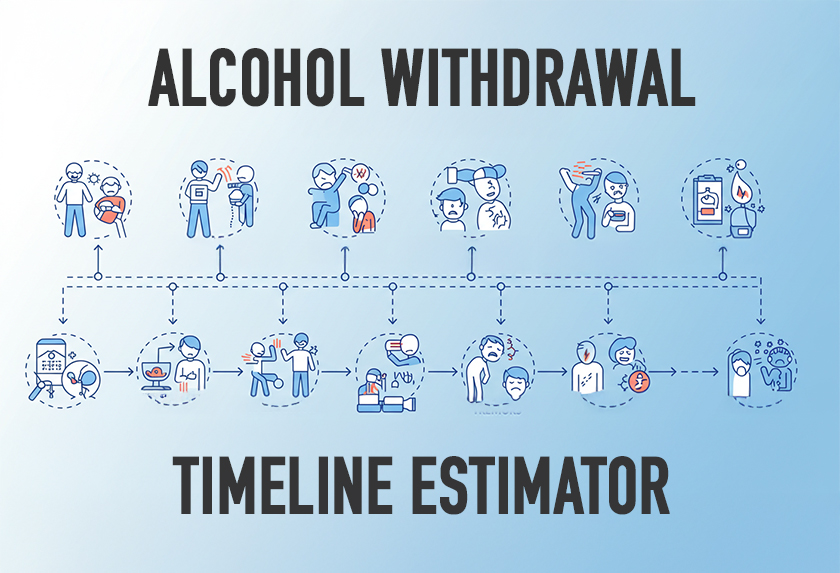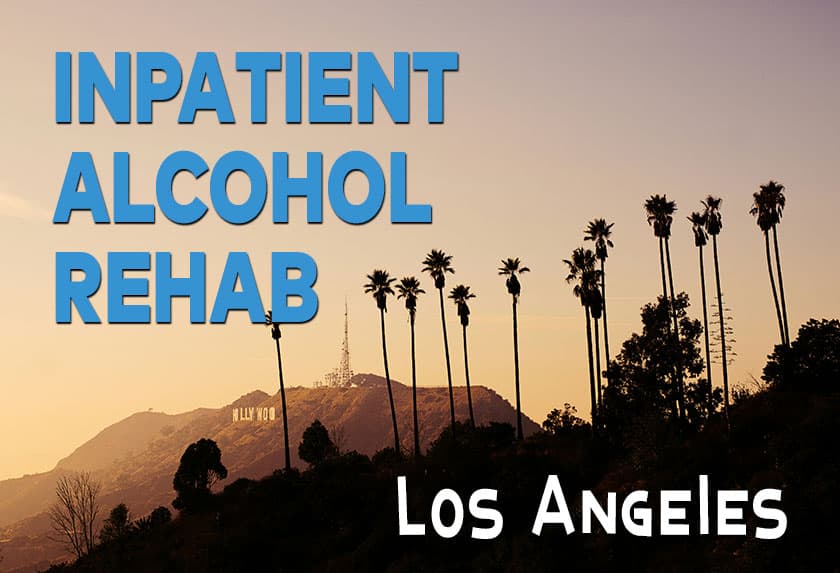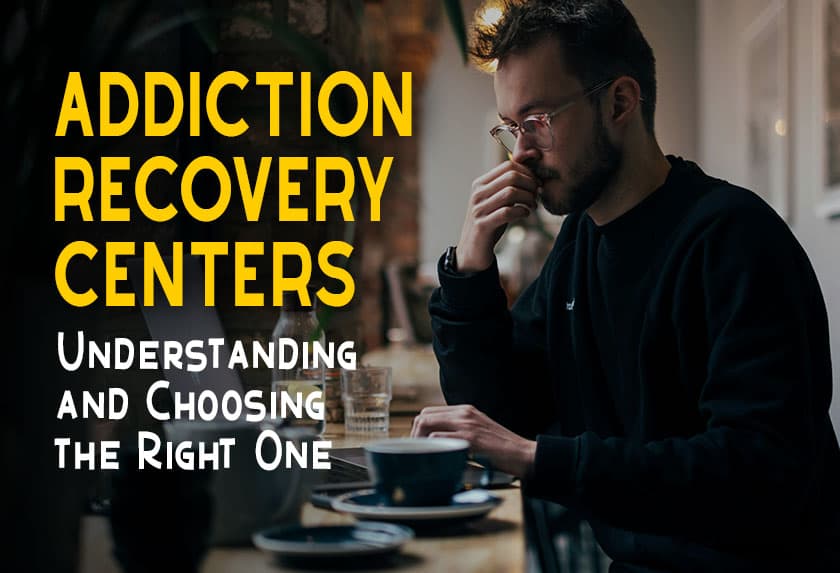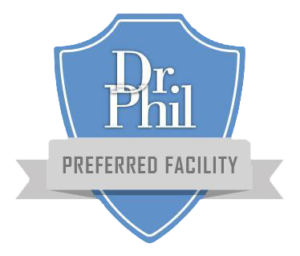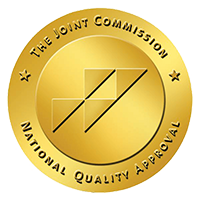Part of the drug problem in American society can be traced to the illegal drug dealers on the ground—and more specifically, the trap house. By recruiting new users and offering a constant supply of drugs, trap houses are directly (or indirectly) involved in the current drug overdose epidemic. This brings us to the purpose of this post. What is a trap house—and why should you be concerned?
Drug abuse has long been a major problem in American society—and it’s only gotten worse in the last couple of years. Misuse and abuse of prescription and illegal drugs are so widespread that it’s often regarded as one of the main public health crises today.
To give you an overview of the urgency of the matter, an article appearing in theJournal of the American Medical Association(JAMA) notes that cases of opioid overdose deaths in the U.S. have tripled from 2000 to 2015. The increase in drug overdose deaths is so dramatic that it’s actually the main cause of injury-related deaths.
As pressing as the American drug overdose epidemic sounds, curbing the trend is not as straightforward as many might assume. While law enforcement agencies have felt overwhelmed by the influx of illegal drugs, users seeking the drugs have little-to-no trouble finding their substance of choice. Why is this?
Read on for an in-depth look at traphouses and everything in-between.
What is a Trap House?
Trap House Definition: According to the Urban Dictionary, the term traphouse was, “Originally used to describe a crack house in a shady neighborhood…” It’s basically a drug dealer’s (i.e., trap star or trap lord) place of business—or a form of a market whereby individuals sell, buy, and abuse drugs.
But why is it called a traphouse? Junkies or illegal drug users are typically driven by two main things – shelter and a constant supply of drugs. Trap houses meet both of these needs by offering a venue whereby users can kickback and buy drugs within an arm’s reach. Think about it…why would someone who is surrounded by everything he/she needs at the moment want to leave? They are more-or-less “trapped” in the house. Even if they leave for whatever reason, they’ll just be drawn back to the convenience of the trap house.
The disturbing truth of the matter is that traphouses are deemed cool by teenagers and young adults. According to some research studies, some genres of rap music (i.e., trap music)—which glamorizes cocaine, crack, marijuana, and other illegal drugs as symbols of status or wealth—is partly responsible for this worrying trend. Trap songs such as Fetty Wap’s “Trap Queen” have garnered over 690 million YouTube views – pointing to the mainstream direction of the genre. Some rappers such as 2 Chainz have even launched a traphouse-themed clothing store, art gallery, HIV testing center, and haunted house.
Such is the glamorization and widespread use of the phrase that it’s used casually. As highlighted by the Urban Dictionary, “the word has since been abused by high school students who like to pretend that they’re cool by drinking their mom’s beer together and saying they’re part of a “traphouse“.”
Has Your Child Been Visiting a Trap House (Or Dealing with Illegal Drugs)?
With the glamorization of trap music and the ongoing drug overdose epidemic, it’s only logical for parents to be concerned about their children’s wellbeing. Young people who believe trap houses are cool may try to be part of the subculture. Moreover, Trap houses and drug dealers’ knack for sucking kids into the drug networks only makes the matter more urgent.
According to an article by Annie Kelly from The Guardian, gangs have even taken to social media as a medium to coerce or recruit children as young as 11 years. Young people are radicalized and groomed on platforms such as Instagram, Snapchat, and YouTube. Social media posts of kids holding bundles of money in trap houses are geared towards glamorizing the lifestyle—and sucking in recruits in the process. It’s also worth noting that some of the tactics used to manipulate and blackmail the young people are cringe-worthy. Raids of trap houses often show teenagers living in inhumane conditions after being forced to cut and sell illegal drugs.
In a 2015 article by Women’s eNews, the executive director of Marta’s House—a shelter for victims of sexual and domestic violence—notes that “she sees the seeds of sex trafficking in local trap houses.” She goes on to say, “The girls probably send out texts to one another. The man or group of guys in charge of the trap houses lets the girls do the work of recruiting other girls to come to parties, and so he would be able to walk away from being charged.”
As a parent, guardian, or concerned citizen, how can you tell if a child has fallen victim to the “trap” of traphouses? Here are a few signs that may signify exploitation or grooming:
- A sudden change in behavior
- A fallout with friends and families
- Regular interactions with unfamiliar adults
- Truancy from school or home days at a time without telling anyone of their whereabouts
- Random and unexplainable injuries
- Sudden possession of fancy items
- Use of drugs and alcohol
What are the Tell-A-Tale Signs of a Trap House?
Now that you know what is a trap house, how does it look like on the outside—and what happens inside a trap house? As reported in a news article appearing in The Frontiersman, trap houses are often hidden in plain sight. According to Serena Espinoza—who is the vice president of REAL About Addiction—trap houses came in many different forms.
Espinoza claims, “I’ve been in trap houses of drug dealers, addicts, and, of course, places that were abandoned…I’ve been into beautiful homes that you’d never think was a trap house, but inside, there were needles everywhere, tons of people getting high together. But then, I’ve also been to places that were decent homes, well-kept, but also trap houses.”
She even suggests that “Grandma can have a trap house in her house and not even know it. There’s a lot of people out there, that their homes become a place where people use drugs right under their noses, and maybe they don’t understand and deal with the problem.” Another report from Orangeville claims that most parents don’t pay enough attention to their children’s activities and trap houses can be anywhere—including the basements of family houses.
Contrary to what most people assume, trap houses are not necessarily shrouded in mystery or located in a highly secretive place—as long as you know what to look out for. You’d be surprised how easy it is to spot a trap house. Keep in mind that it’s a drug dealer’s base of operation and drug users need to easily access them. Some of the easiest identifiers of a potential trap house include the following:
- Ever noticed any unfamiliar or suspicious vehicles outside a certain residence?
- Have you noticed an unusually large number of people coming in and out of an address? Sometimes at odd hours?
- Is there a house in the neighborhood that tends to attract new residents regularly?
Curbing the Trap House Menace
If spotting a traphouse is a relatively straightforward task—even for regular citizens—why is it so hard for law enforcement to nab the drug dealers or shut down their operation swiftly? Well, shutting down trap houses is easier said than done. Law enforcement agencies are often involved in a seemingly never-ending cat and mouse chase.
According to a Police Officer stationed in Columbus (as reported by WOSU Public Media), “We can enforce and clean up in one area as best as we can, but all they do is pick up and move from one spot to another spot.” Interestingly, some drug addicts call these trap houses “home.” It’s a place where people who lack stable housing can find shelter.
In another news report by WCMH-TV—an NBC-affiliated TV station in Ohio—the reporter notes that “by the time you notify police, there’s a good chance the dealers packed up and moved to another trap house.” Drug dealers are always on the move—often staying in a location for days or weeks before finding another spot to set up shop.
In the UK, The Guardian reports that gangs and drug dealers are renting Airbnb properties for a few days to manufacture and deal drugs. This points to a high level of adaptation—making it hard to pin down the drug dealers and shut down the traphouses. Quoting the news report, “It’s a constantly evolving business model – they are always looking at what’s picking them up and what’s alerting the authorities.”
Aside from the elusive nature of the drug dealers, shutting down trap houses is a resource-intensive operation from a law enforcement perspective. Police officers can’t just budge into a suspicious house without probable cause or a search warrant. This means they have to surveil a potential trap house, do some research, and make contacts. All this demands a considerable amount of time, manpower, and other resources. And by the time police officers have gathered ample evidence, the drug dealers have already received hints of the law enforcement operation.
How do Trap Houses Contribute to the Drug Epidemic? – Prevalence
Did you know that efforts relating to mitigating the spread and impact of illicit drugs, alcohol, and tobacco take up $740 billion of taxpayers’ money every year? Additionally, the 2017 National Survey on Drug Use and Health (NSDUH) notes that illicit drugs are responsible for 38% of the nearly 20 million cases of substance abuse disorders in the United States.
Interestingly, over half of all illicit drug trafficking cases are attributed to a handful of drugs. According to the American Addictions Centers, the top 5 most trafficked drugs as of 2016 are meth (33.6%), cocaine (19.8%), marijuana (17.6%), and Heroin (14.4%). These are the same drugs that are often sold and used in trap houses.
-
Heroin
Statistical data by NSDUH shows that the number of new heroin users increased from 90,000 in 2006 to 170,000 in 2016—nearly doubling in the span of a decade. The report attributes this sharp increase to young adults. The American Society of Addiction Medicine goes on to claim that heroin is one of the most addictive drugs. The substance is appealing to users due to its intensely euphoric high, rapid-onset, and the relatively inexpensive production process.
In recent years, the rising prevalence of heroin has been accompanied by an increasing number of fatal/severe overdoses—some occurring in trap houses. For example, a recent case appearing in U.S. News highlighted the untimely death of a 20-year old—who was found in a trap house overdosed on heroin. In another case covered by The New York Times, an Iraq veteran narrated his ordeal after buying heroin laced with fentanyl (a synthetic opioid). He claimed that withdrawal from the drug was excruciating and the addiction too powerful.
Similar to heroin, tragic cases involving meth and traphouses are not new in news outlets. From raids of trap houses dealing with meth in Massachusetts or Ashland County to fatal scuffles in Winnipeg, Canada—trap houses are clearly a menace.
The increasing number of heroin or meth addiction and fatal overdoses should serve as a reminder to anyone suffering from substance abuse. And if you are already hooked in the “trap,” find comfort knowing that there are evidence-based techniques to help heroin addicts recover.
-
Cocaine
The 2017 NSDUH shows that roughly 966,000 Americans above 12 years struggled with the negative effects of cocaine. The good news is that over 600,000 people sought treatment for their cocaine use disorder in the same year. Although the high rate of cocaine addicts seeking rehabilitation is a welcomed trend, we can’t ignore the role of trap houses in spreading the vice.
In a large-scale takedown by the DEA, alleged members of a gang were arrested in Texas trap houses—with the law enforcement officers confiscating cocaine, weapons, and heaps of cash. In another arrest in Massachusetts, a joint DEA and FBI effort nabbed a drug dealer accused of owning three trap houses in New Bedford and distributing cocaine.
Don’t Be Just Another Drug Addiction Statistic – Get Help!
Trap houses pose a serious threat, especially to young people! For this reason, parents should be vigilant and exercise diligence regarding the activities of their teenagers. This includes learning the red flags to watch out for and teaching your children how to stay safe from the “trap.” Have conversations with your teenagers regarding the “false allure” and the dangers of these places. But what if a young person is already visiting a trap house?
Fallen victim to trap houses? Struggling with a substance abuse disorder? People with drug addiction problems should seek medical help immediately. Whether you’re addicted—or you know someone who is addicted—to heroin, cocaine, meth, crack, marijuana, or prescription drugs, keep in mind that recovery is attainable. With the right protocols, addiction is a treatable condition. A rehab center such as Revive Recovery can leverage some of the best medical practices to improve your quality of life. As law enforcement agencies work to curb the trap house menace, the best we can do as a rehab center is to help addicts recover and improve their wellbeing.
